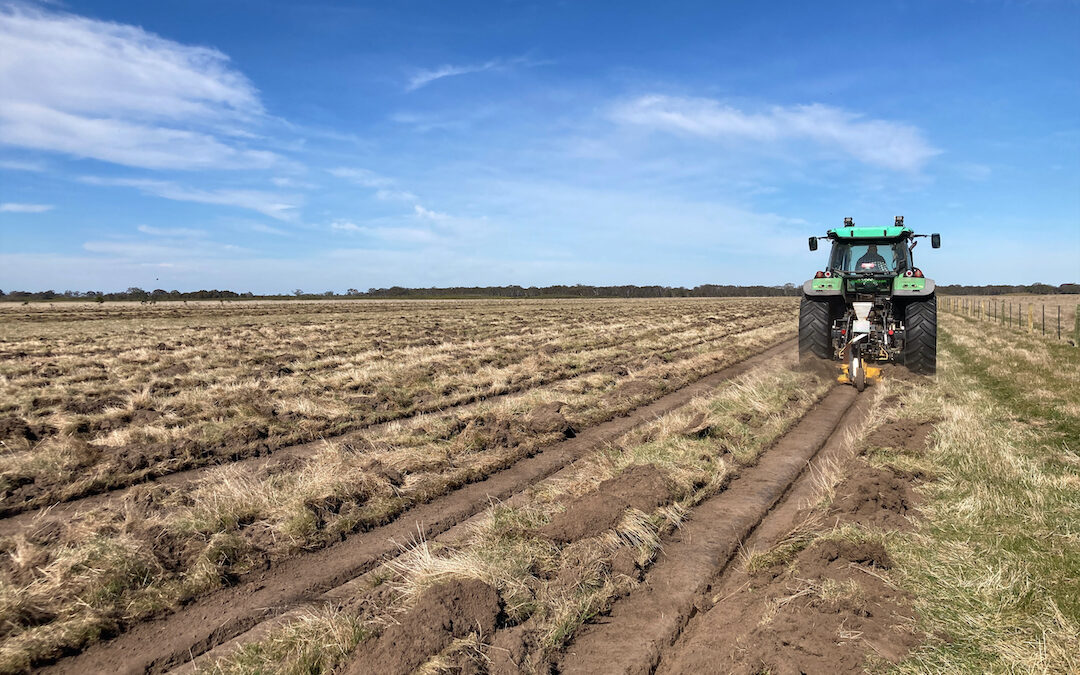350,000 trees have been planted in Gippsland Plains as part of a massive reforestation effort.
The project, which saw thousands of trees planted on Strathfieldsaye Estate, was established to capture carbon and protect local ecosystems. It is the first step in a longer battle against the impacts of climate change.
Working together
The Nestle Global Reforestation Program has partnered with Greening Australia, Canopy and One Tree Planted in an effort to introduce 10 million new trees in Australia, and 200 million trees globally by 2030. So far, they have planted 350,000 trees on the 87 acres of Strathfieldsaye Estate in Gippsland Plains, and 1.9 million trees in total.
By planting 10 million trees in Australia, Nestle will be responsible for capturing around 1.9 million tonnes of carbon dioxide over a 25 year period. This is equal to the exhaust expelled by 22,000 cars annually.

200,000 trees were planted at a property in Toora North, South Gippsland
In order to meet their goal, Nestle and its partners are working closely with local landowners, who want to contribute to restoration efforts. The landowners will see economic benefits from participation, including an increase in farm productivity and livestock health. However, the environmental impacts are equally important. Aside from building the agricultural resilience of rural properties, planting trees also improves biodiversity and counteracts the ongoing impacts of climate change.
Greening Australia has been protecting biodiversity for more than 40 years, and works closely with rural communities to ensure their efforts benefit everyone.
According to Greening Australia Chief Operating Officer, Paul Della Libera, “These projects are not possible without the participation of private landholders. In the 40 plus years we’ve been restoring landscapes, we’ve worked with thousands of landholders, helping them to re-establish native habitat, improve the health of their land and create environmental and financial value. These relationships are essential to achieving nature restoration at scale, we couldn’t do this work without them.”
Seeing the forest through the trees
According to Dr Pamela Parker, board member of the Australian Landscape Trust, the project is a vital step towards environmental development.
“These 350,000 native plants for Strathfieldsaye Estate will help efforts to restore habitat in the Central Gippsland area and improve ecological connectivity for locally threatened species, among them several orchid species, amphibians such as the Growling Grass Frog, and numerous species of birds. We also hope to see improvements in local soil quality, resulting in increased water retention and pasture production. Reduced runoff across the area will help enhance water quality of Lake Wellington.
“Reforestation projects such as these are important for our future. An enormous amount of tree clearing took place in Victoria over the years, removing wildlife habitat in the process. Coupled with the impacts of climate change bringing increased temperatures, frequency of extreme droughts and fire risk, we need to restore native vegetation to retain species diversity, ecosystem services and productive primary production.”

Planting underway on Strathfieldsaye Estate
The planted trees come from a range of native species, intended to encourage biodiversity and improve soil quality.
Margaret Stuart, Nestle Oceania Director of Sustainability, says “this is about much more than just planting trees – this program aims to improve biodiversity, help restore habitats, and provide environmental and economic benefits to local communities.”
If you’re interested in learning more, or taking part in the project, click this link to register for a no-obligation chat with a Greening Australia team member.
To read more about Nestle’s reforestation efforts, click here.
Featured image: Planting efforts on Strathfieldsaye Estate © Perry Bride.

